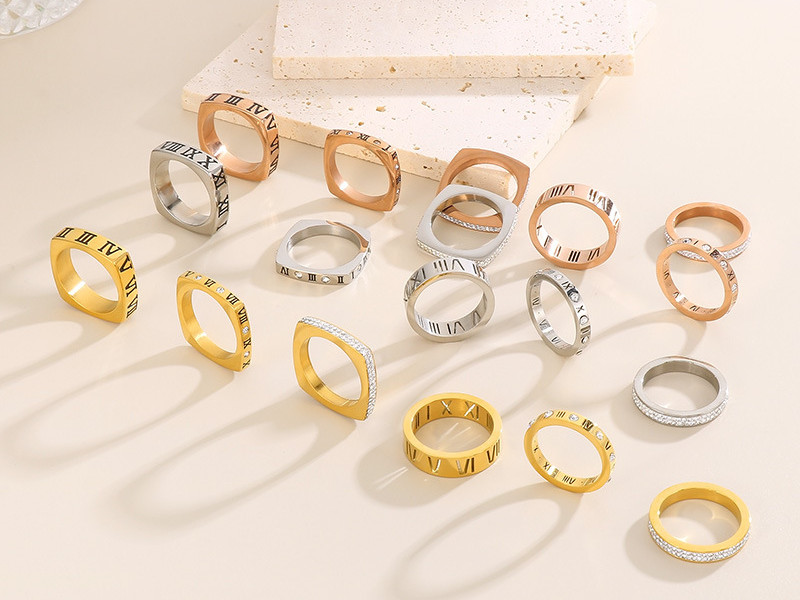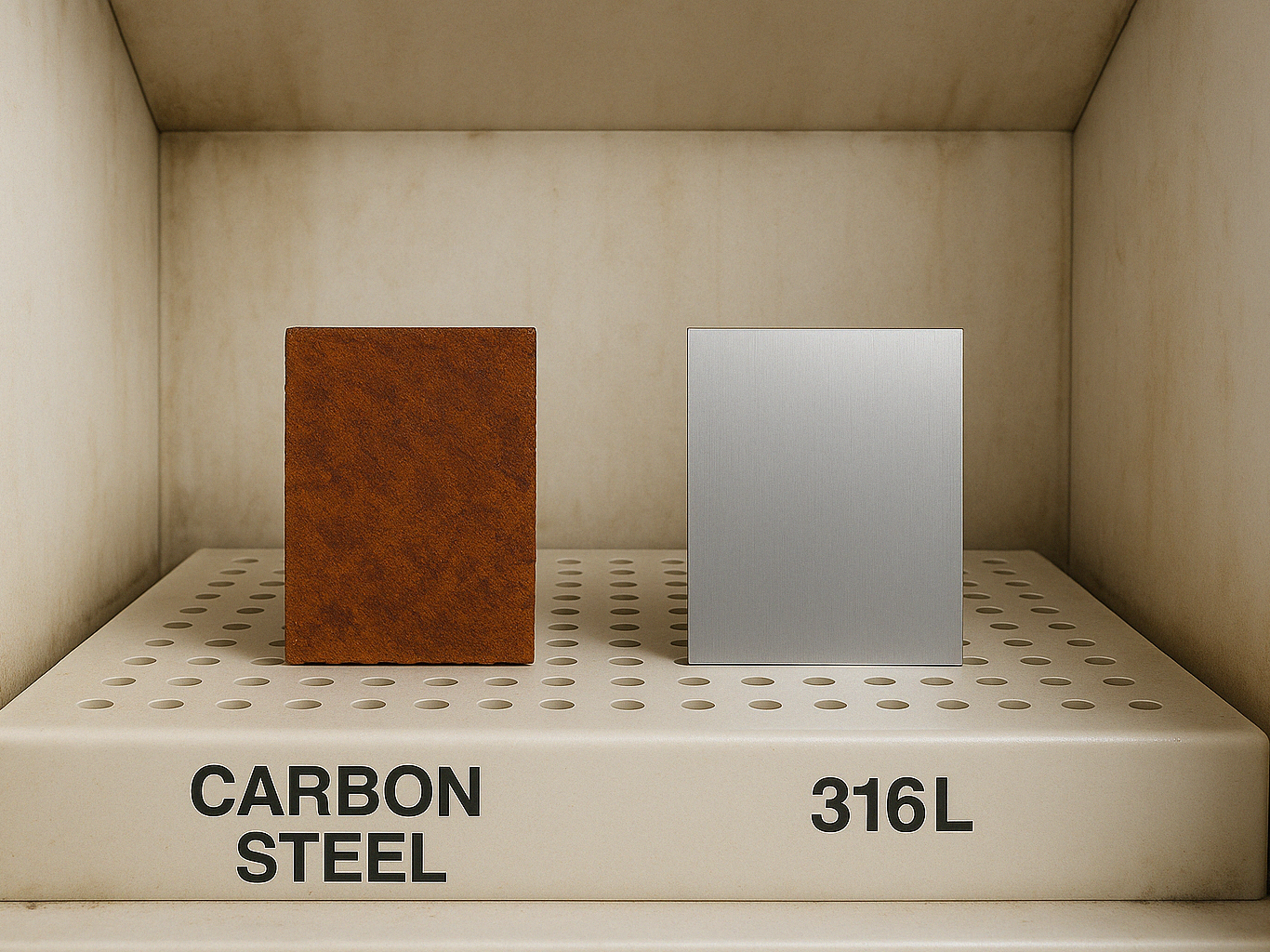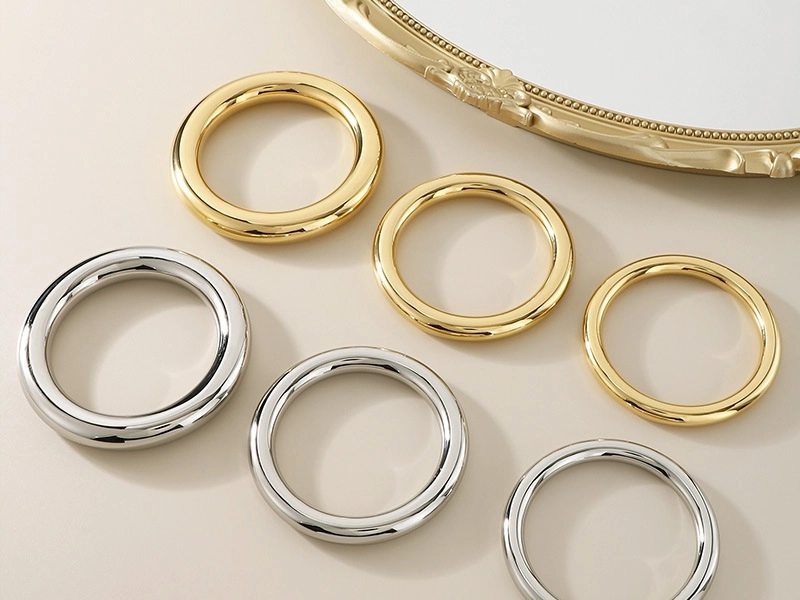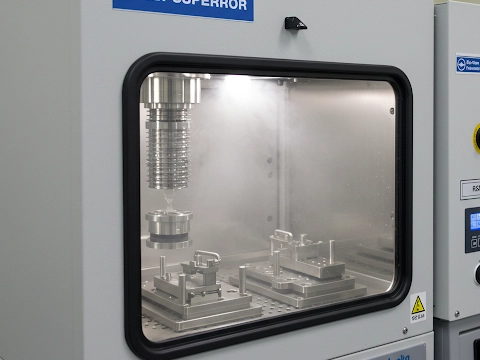
Blog
Carbon Steel vs Stainless Steel for Jewelry: Which Alloy Saves Money in the Long Run?

Carbon Steel vs Stainless Steel for Jewelry: Which Alloy Saves Money in the Long Run?

A client once phoned me in panic. Three weeks after launch, carbon‑steel clasps had already spotted red. Returns hit fast. I needed a better alloy—fast.
Carbon steel starts at $0.45 /kg, but coatings, rejects, and downtime push real cost above $8/kg. 316L stainless1 ships plating‑free and lasts eight times longer, cutting lifetime spend 60 %.
I will walk you through every hidden fee that turned my choice toward stainless, so you can dodge the same trap.
Where do raw material costs really land?
My first lesson: price lists lie.
After adding 25 µm zinc, rejects, and freight weight, carbon steel2 reaches $13 /kg; 316L stainless stays below $4.5 /kg.
Dive Deeper
Base vs Real Cost Table
| Alloy | List Price $/kg | Coating $/kg | Five‑Year Rework $/kg | True Cost $/kg |
|---|---|---|---|---|
| 1018 Carbon | 0.45 | 7.20 | 5.60 | 13.25 |
| 304 Stainless | 3.80 | 0 | 0.30 | 4.10 |
| 316L Stainless | 4.15 | 0 | 0.20 | 4.35 |
Key Drivers
- Marine Uplift – Shipping to coastal markets triples coating thickness.
- Weight Penalty – Coating adds 32 % mass, inflating freight and duty.
- Reject Rate – Plating porosity pushes carbon scrap to 19 %; stainless runs 0.3 %.
How much production time disappears without coating?
Shorter flow means faster cash.
Removing eight wet steps cuts lead‑time 63 % and frees a full shift per week.

Dive Deeper
| Stage | Carbon Time | Stainless Time |
|---|---|---|
| Degrease + Pickle | 43 min | — |
| Electro‑zinc + Chromate | 48 min | — |
| Dry + QC | 12 min | — |
Workflow Gains
- Direct forming – Stainless stamps and welds with no pre‑coat grinding.
- Labor drop – Three plating techs replaced by one robot cell.
- Warehouse savings – Non‑rusting stock lowers climate‑control bills by \$18k/year.
What does durability mean for warranty rates?
A rust claim erases any “savings.”
316L survives 1,500 h neutral salt spray; plated carbon fails at 200 h. Returns fall from 5 % to 0.8 %.

Dive Deeper
Life‑Cycle Metrics
| Test | Carbon (Zinc) | 316L | Improvement |
|---|---|---|---|
| Salt‑Spray Hours | 200 | 1,500+ | 7.5× |
| Taber Cycles | 8 k | 220 k | 27× |
| Service Temp °C | 250 | 870 | 3.5× |
Galvanic corrosion with silver solder and coating fade after 12 months drive most carbon failures—issues stainless avoids.
How does each alloy perform in compliance audits?
Regulators dislike hex‑chrome.
38 % of carbon batches fail RoHS for Cr⁶⁺; every 316L lot I ship passes 17 global standards.
Dive Deeper
| Standard | Carbon Risk | 316L Status | Fine Exposure |
|---|---|---|---|
| REACH SVHC | High | Pass | \$42 k/order |
| RoHS 3 | Medium | Pass | \$28 k |
| Prop 65 | Medium | Exempt | \$15 k |
All stainless batches carry EN 10204 3.1 certificates and blockchain melt IDs—auditors scan, smile, and move on.
Which material delivers higher scrap value?
End‑of‑life money talks.
Stainless scrap fetches \$2.10 /kg—nine times carbon—and remelts using 79 % less energy.
Dive Deeper
| Metric | Carbon | Stainless | Delta |
|---|---|---|---|
| Scrap Price $/kg | 0.21 | 2.10 | +900 % |
| Recycle Yield | 75 % | 97 % | +22 % |
| Energy kWh/kg | 14 | 3 | –79 % |
I offer a 15 % bonus for returned stainless, closing the loop and lifting ESG scores.
Conclusion
I choose 316L: fewer steps, fewer claims, lower real cost—simple as that.
